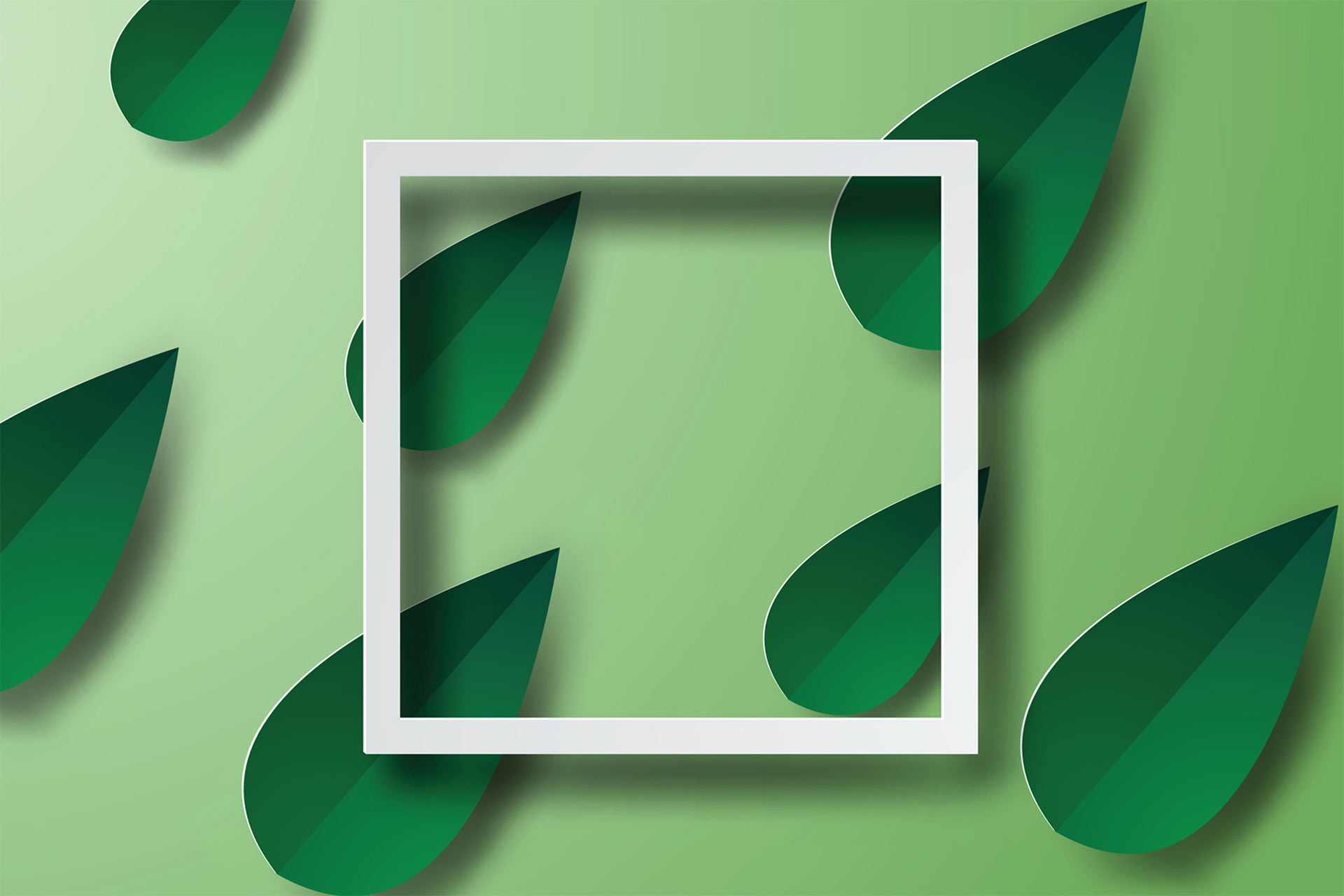
The large format printing industry is undergoing a remarkable transformation as sustainability moves from a niche concern to a central focus of innovation. New eco-friendly materials and technologies are reshaping how we approach wide-format printing, offering solutions that maintain quality while reducing environmental impact.
The Evolution of Eco-Friendly Materials
Recent innovations in sustainable materials have revolutionized large format printing. Traditional vinyl and PVC-based materials, long industry staples, are increasingly being replaced by environmentally conscious alternatives. These new materials not only reduce environmental impact but often offer superior performance characteristics.
Biodegradable Substrates
Among the most significant developments are new biodegradable substrates. These materials break down naturally after their useful life, significantly reducing landfill impact. Manufacturers have developed alternatives using plant-based polymers and natural fibers that maintain the durability and print quality of traditional materials while offering end-of-life environmental benefits.
Corn-based PLA (Polylactic Acid) films have emerged as a leading alternative to traditional vinyl. These materials offer comparable durability and print quality while decomposing completely in industrial composting facilities. Similarly, bamboo-based substrates are gaining popularity for their renewable source material and biodegradable properties.
Recycled and Recyclable Solutions
The industry has made remarkable strides in developing materials with high recycled content that remain fully recyclable after use. New polyester-based fabrics incorporating post-consumer plastic waste deliver excellent print quality while helping address the global plastic crisis. These materials often require less energy to produce than their virgin counterparts, further reducing their environmental footprint.
Water-Based Ink Technologies
Complementing these new substrates are advances in water-based ink technologies. Unlike traditional solvent-based inks, these new formulations significantly reduce VOC emissions and improve workplace safety. Modern water-based inks achieve rich colors and durability previously only possible with solvent-based alternatives.
UV-LED Curing Innovations
UV-LED curing technology has evolved to work seamlessly with these new sustainable materials. Modern systems use less energy than traditional curing methods while eliminating ozone emissions. The combination of UV-LED curing with water-based inks represents a significant step forward in sustainable printing practices.
Performance and Durability
One common misconception about sustainable materials is that they sacrifice performance for environmental benefits. However, many new eco-friendly options match or exceed the durability of traditional materials:
- New bio-based films offer outdoor durability of 3-5 years
- Recycled fabric materials show excellent color fastness
- Water-based inks demonstrate superior scratch resistance
- Sustainable substrates maintain dimensional stability
Cost Considerations and Market Adoption
While sustainable materials often carry a higher initial cost, market dynamics are shifting in their favor. Increasing consumer demand for environmental responsibility, combined with improving production efficiencies, is gradually reducing the price premium for sustainable options. Many businesses find that the marketing benefits and customer goodwill generated by using eco-friendly materials offset any additional costs.
Implementation Challenges
The transition to sustainable materials presents several challenges that the industry is actively addressing:
Production Processes
Printers must often adjust their production processes to accommodate new materials. This includes:
- Modifying print speeds and temperature settings
- Updating color management profiles
- Adapting finishing techniques
- Training staff on new material handling requirements
Supply Chain Considerations
Maintaining a reliable supply chain for sustainable materials remains crucial. Manufacturers are expanding production capacity to meet growing demand while working to ensure consistency across batches.
Future Developments
The sustainable printing materials sector continues to innovate. Several promising developments are on the horizon:
Smart Materials
Research is underway on smart sustainable materials that can change properties based on environmental conditions or user needs, potentially extending useful life and reducing waste.
Closed-Loop Systems
Manufacturers are developing closed-loop systems where used materials can be returned and recycled into new printing substrates, creating a more circular economy within the industry.
Impact on Industry Standards
These new materials are influencing industry standards and certification processes. Organizations are updating their sustainability criteria to account for new materials and technologies, helping establish clear benchmarks for environmental performance.
Conclusion
The emergence of new sustainable materials in large format printing represents more than just an environmental initiative—it’s a fundamental shift in how the industry approaches production. As these materials continue to evolve and improve, they’re setting new standards for both performance and environmental responsibility.
The future of large format printing lies in these sustainable innovations. Businesses that embrace these new materials position themselves at the forefront of industry evolution while contributing to environmental preservation. As technology continues to advance and market demand grows, we can expect even more exciting developments in sustainable printing materials.
